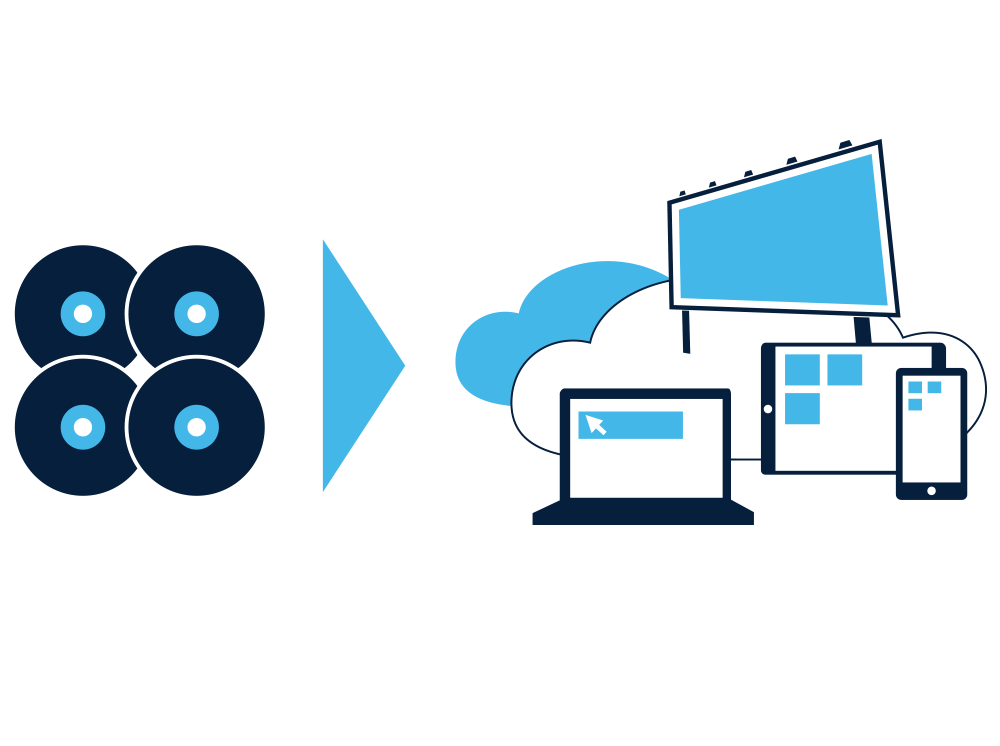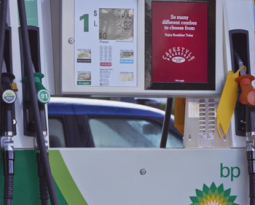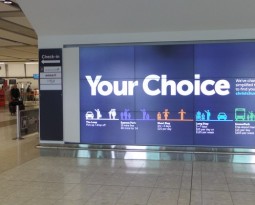Evolution of Digital Displays: Transition from DVD to Digital Signage
With the advent of the Internet browser, cheaper bandwidth and cheaper displays, and software able to control everything, it was possible to manage a network of displays remotely. Some call this collection of capabilities digital signage. These networks enabled a new opportunities for the way companies were able to manage their content.
Not only is this method more efficient and cost-effective than using DVDs, but it also allows the businesses to optimize the displays to please the customer. If a consumer dislikes any aspect of the content, it can be changed instantaneously.
Today, thanks to the explosion of social media and mobile handsets, there is a strong reason to have digital display networks also incorporate some user-generated content (with filtering capabilities). When the end-user is able to able to feel connected to the product in a social sense, the advertisement sticks with them. Not only do they feel like they are a part of the product, but valuable data can be gathered from the participation.
The trend is towards increasingly large participation of the users in the digital content on digital displays, thanks to the blazingly fast dispersion of mobile handsets and smartphones. Additionally, some consolidation (as happened in history with many static poster companies around 1900s) is inevitable in today’s digital display network landscape. Many dynamics are fluid, yet the digital display networks are here to stay and their reach and impact is growing everyday.
Part 1: Evolution of Digital Display Networks: Outdoor Displays
Part 2: Evolution of Digital Display Networks: From Print to Digital











